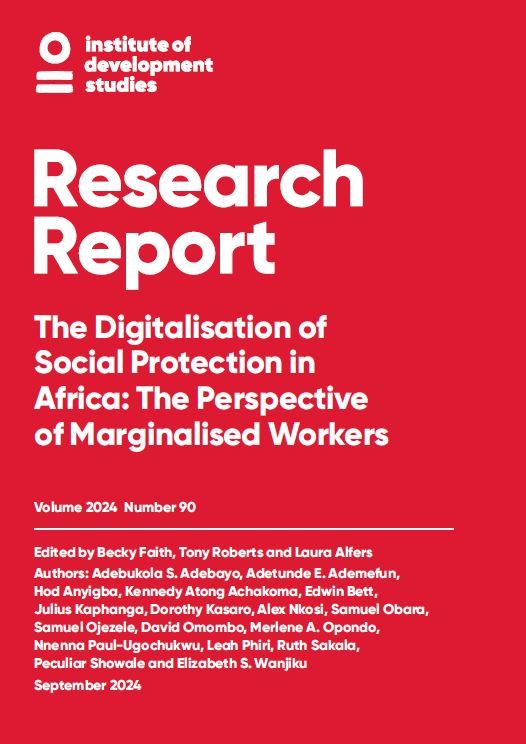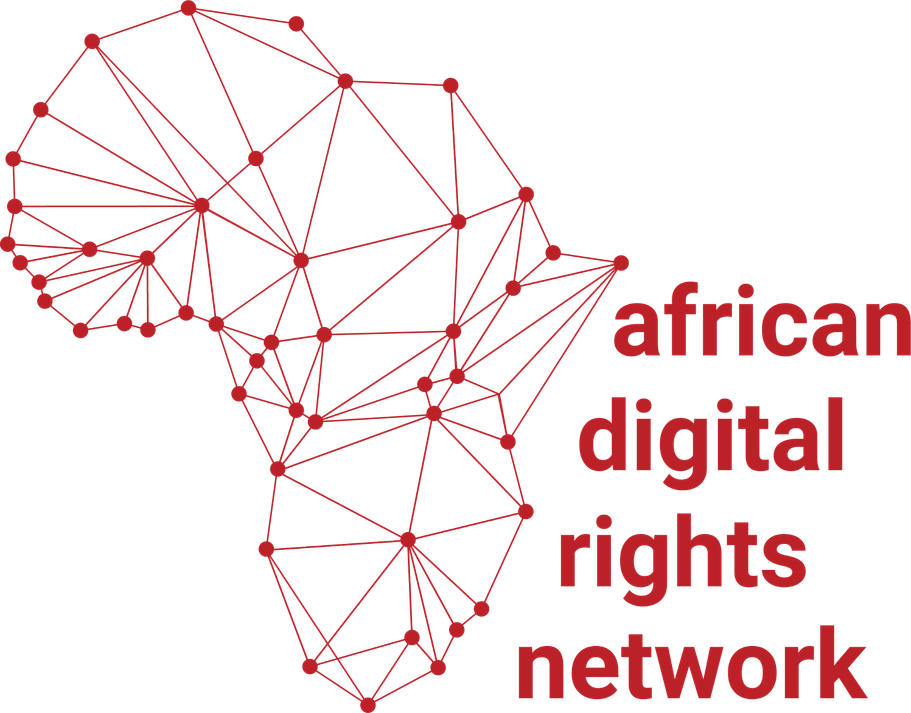What is social protection?
An Introduction
Social protection is a legal entitlement.
The United Nations, International Labour Office (ILO) defines social protection broadly as "the set of policies and programs aimed at preventing or protecting all people against poverty, vulnerability, and social exclusion throughout their life cycles, with a particular emphasis towards vulnerable groups".
Everyone has the right to receive social protection when they are unable to work, for example due to infancy, maternity, illness, disabilty, old age or in crises like famine, drought or conflict. Social protection entitlements may be provided in the form of food parcels, free services, or cash payments.
Although everyone has the right to social protection in theory - in practice many struggle to gain access to their entitlements. Accessing social protection is often most difficult for people who have the greatest need such as people with disabilities, women living in rural communities, migrant workers and workers in the informal economy, such as street vendors home-based workers and domestic workers.
Workers in the formal economy often pay automatic contributions into a social insurance fund out of every paycheck to fund social protection payments when they are unable to work. However, informal workers often lack a regular employer and experience irregular income and low pay. As a result they may earn too little for contributory social insurance schemes but earn too much to qualify to non-contributory social protection provided to the poorest.

What is digital social protection?
An Introduction
Digital social protection refers to social protection schemes that are acessed via computers, mobile phones or smartcards.
The process of registering and receiving social protection is increasingly conducted via digital systems: people are required to apply online and to recieve payments directly to their mobile phone, or via an ATM using a smartcard (debit card).
This reduces costs for the institutions implementing the systems, provides management with improved information and removes some opportnities for fraud and theft. For those entitled to claim social protection entitlements, (and who have smartphones, connectivity and the necessary literatices) digitalisation can greatly increase convenience and speed by removing the need to travel, queue and complete forms.
However, for many who do not have smartphones, connectivity or the necessary literacies, the digitalisation of social protection can make it even harder to access their entitlements.
Because informal workers and marginalised groups were not consulted about the digitalisation of social protection and have not participated in its implementation or evaluation - digital social protection does not meet their needs and in many cases leaves already disadvantaged groups even further behind.

What digital rights issues arise when social protection is digitalised?
An Introduction
Moving social protection systems online can affect workers’ access to entitlements and freedoms, raising digital rights issues, for example,
…exclusion, when people without smartphones, connectivity, or digital literacy are rendered unable to access their right to social protection
…or privacy, when providing personal data, having the right to know if data will be secure, private, and not shared with others or sold.
…or accountability, when a digital system pays the wrong amount how can you obtain prompt explanation and redress?
…or surveillance, when social protection data is linked to a person's biometric digital-ID, their mobile phone SIM-card, and mobile money or bank account it makes possible real-time pervaisive surveillance of workers' location, transactions, calls and social media posts as well as their network of contacts.

What are disability rights?
An Introduction
What disability rights issue arise when social protection is digitalised?
16% of every population lives with some kind of disability.
Accessing social protection by phone or computer can be a valuable benefit for some people with disabilities that increases their independence, convenience and saves time and money,
but it can introduce new barriers for others.
People living with disabilities are more likely to be unemployed and to lack income for smartphones and connectivity.
The nature of the disability may make biometric registration difficult of impossible. For example, if registration requires fingerprint scanning, amputees are excluded or where iris-scanning is required people with cataracts are excluded.
To use digital systems a blind or visually impaired person my needs aspative technology like a screen-reader. ATMs are often inaccessible to people in wheelchairs and our research showed that relying on intermediaries to access payments creates vulnerability to theft or having to pay for assistance.
People with disabilities have the same rights as everyone else including the right to social protection, so providers must make adaptations to ensure their inclusion.

How to protect workers' rights in digital social protection systems.
An Introduction
A rights-based approach could be used to align digital social protection systems with human rights law
The digitalisation of social protection delivers benefits: increases speed, convenience and independence, but also introduces new access barriers and digital rights threats.
To access their right to social protection, workers’ should not have to sacrifice other fundamental human rights like the right to privacy, inclusion, or accountability.
To protect rights marginalised workers' and human rights specialists, must be included in the design, implementation, and evaluation of all digital social protection schemes.

We need your consent to load the translations
We use a third-party service to translate the website content that may collect data about your activity. Please review the details in the privacy policy and accept the service to view the translations.

